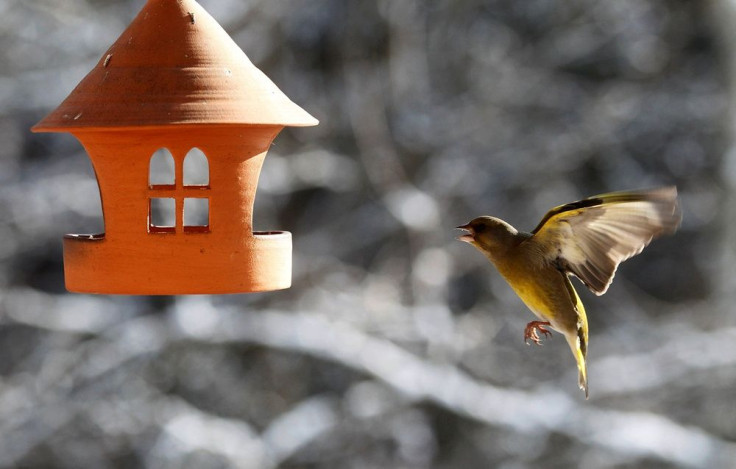World-first website promotes coexistence between birds and people

An interactive website – the world’s first of its kind – has been created to reduce human disturbance on wildlife, specifically birds. The new website, according to researchers from Victoria and Deakin University, accurately estimates the distance at which Australian birds fearfully respond to humans. Birds’ fear of humans, referred to as disturbance, is considered a potential conservation threat that can disrupt feeding, resting and breeding behaviours of the animals.
A team of five researchers partnered with international collaborators to develop Avian Buffer as a vital interactive tool offering special information that is critical for building buffer zones around natural bird habitats. Understanding how birds fear humans enables measures to be put into place to reduce the impact of human disturbance on wildlife, lead researchers Drs Randall Robinson and Wouter van Dongen said.
“One of the key issues we face is how to balance the increasing demand on public open space for humans with the needs of the biodiversity,” van Dongen said.
He added that human disturbance has already led to population declines in Australia’s birds, including beach-nesting birds. Sightings of some of the country’s most common birds, such as those that have inspired folk songs and become mascots of football teams, are also reportedly declining.
The State of Australia’s Birds 2015 claims that there are decreasing sightings of magpies, kookaburras and little willie wagtail. It notes that the odds of seeing a laughing kookaburra in southeast mainland states have almost halved since 1999 to 10 percent, while magpie sightings dropped to 22.5 percent on Australia’s east coast. Van Dongen cautions that in extreme cases, birds can permanently leave an area if human disturbance is too much.
Van Dongen says it is critical to balance human recreation with biodiversity conservation as a result of the humans’ ever-increasing use of natural areas. With the help of Avian Buffer, information can be used to construct buffer zones around bird habitat or develop codes of conduct to permit coexistence between people and birds in natural areas.
With its data on 250 Australian bird species, Avian Buffer measures the degree to which animals fear humans by the distance, known as their flight-initiation distance, or FID. The online resource contains information on FIDs of various bird species in response to stimuli, such as cars, buses, single walkers, groups of three walkers, a walker with a leashed dog, joggers and people in canoes.
Plans are underway to internationalise the website, funded by the Helen Macpherson Smith Trust and Victoria University, and to increase the range of wildlife it covers.
Contact the writer at feedback@ibtimes.com.au or tell us what you think below.




















